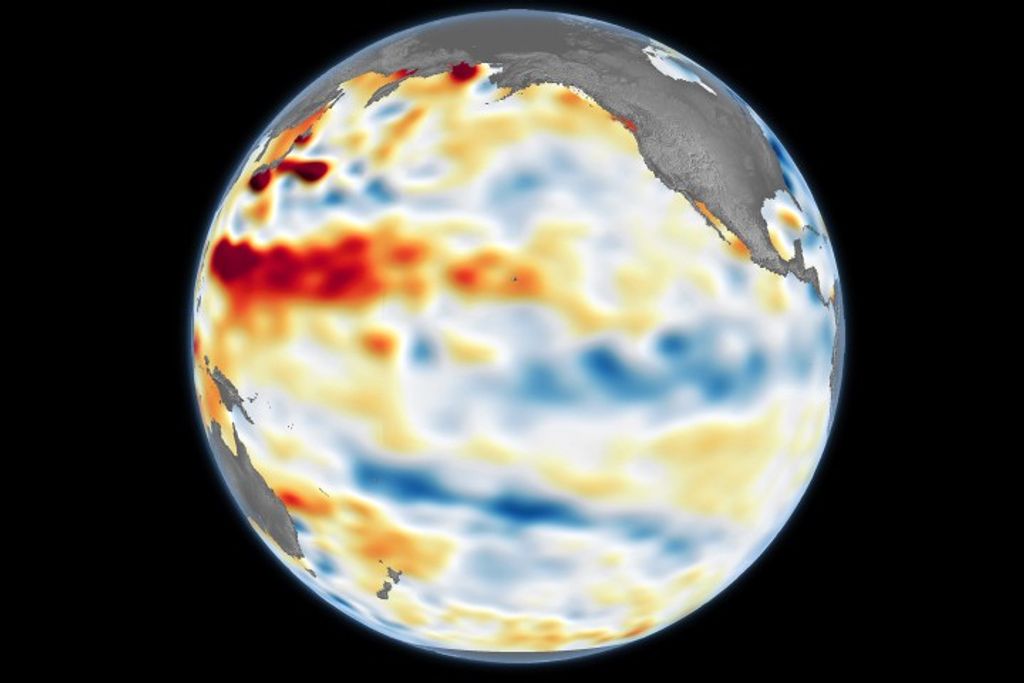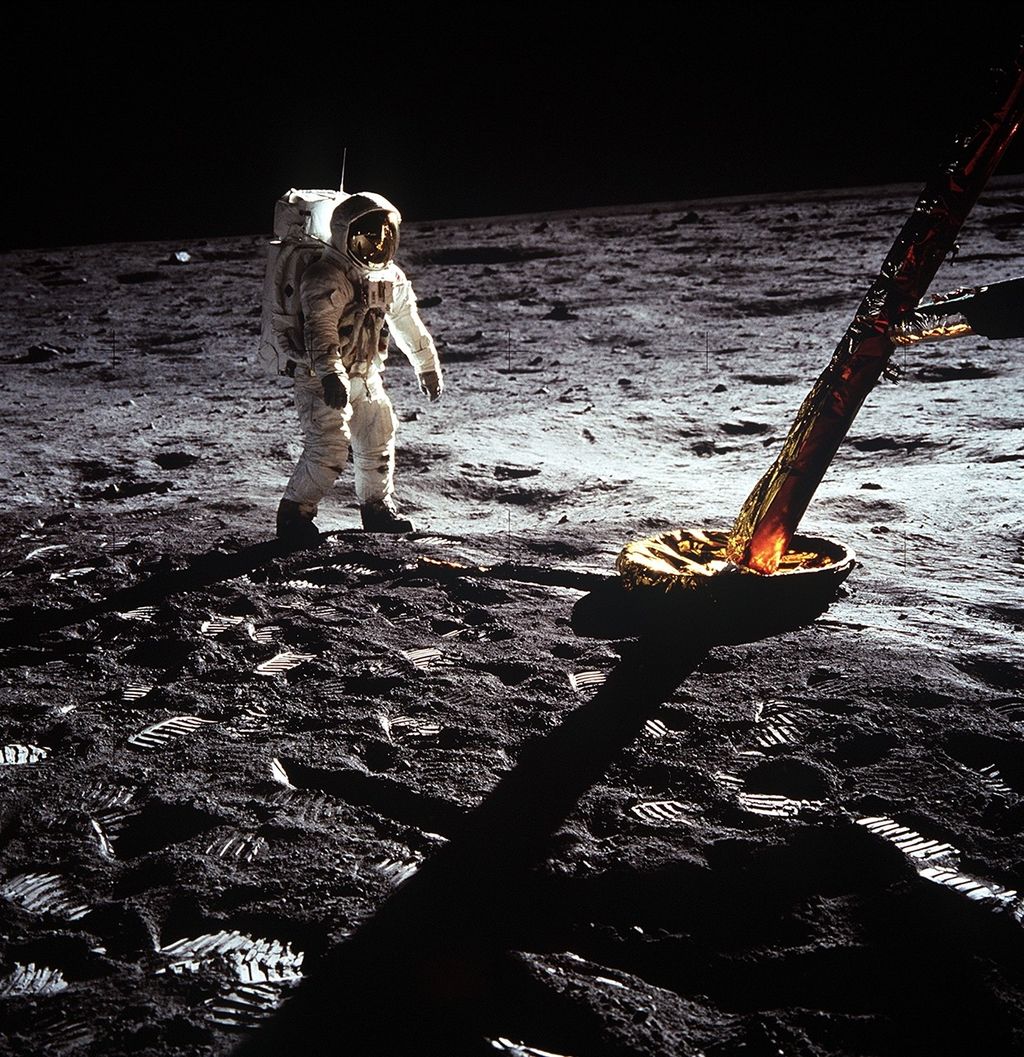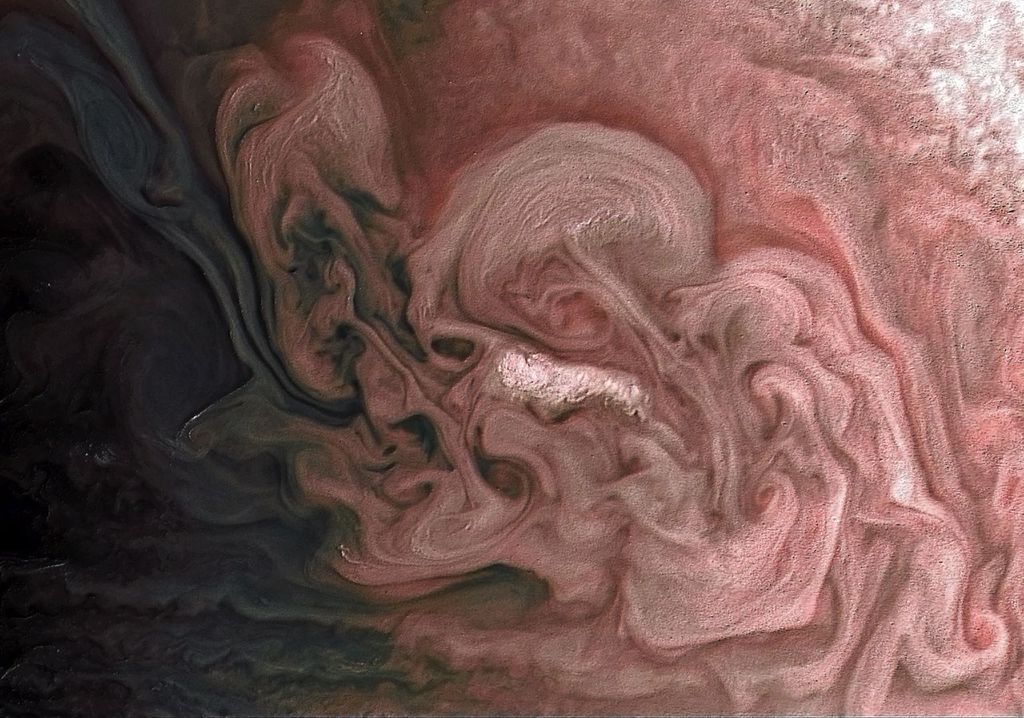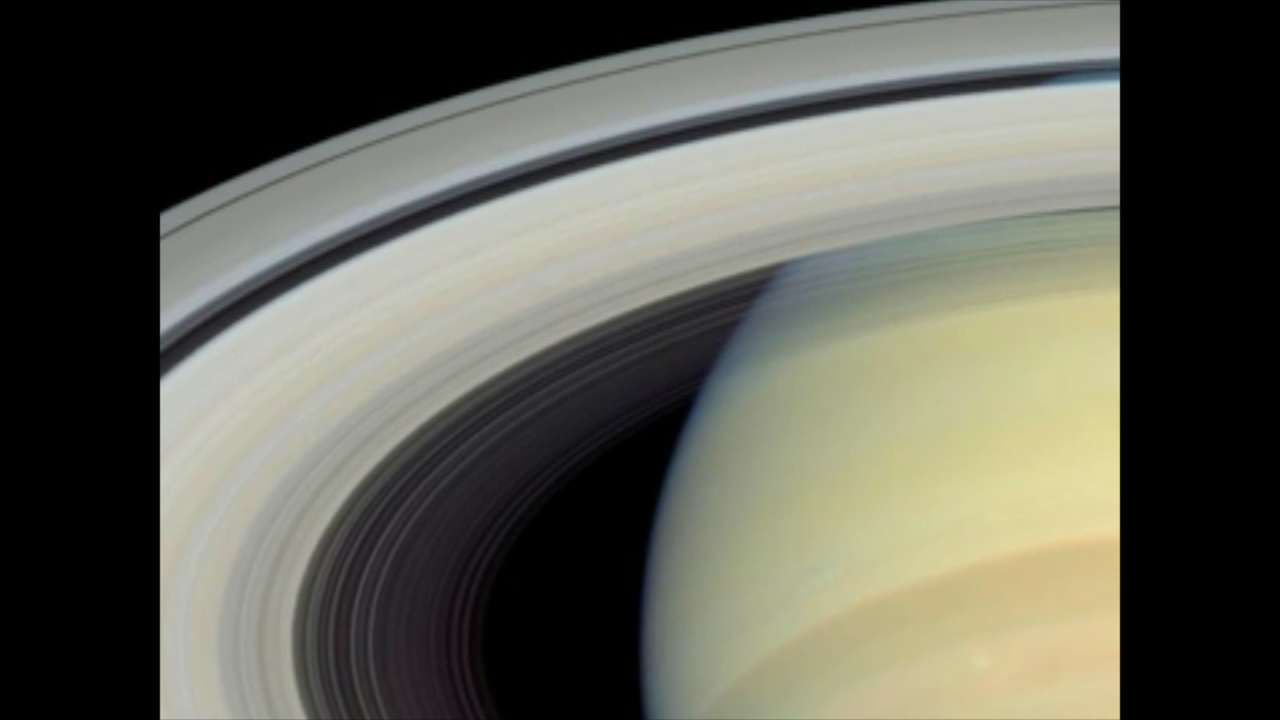1 min read
Saturn: 2003/2004 Image Comparison

About the Object
- DistanceDistanceThe physical distance from Earth to the astronomical object. Distances within our solar system are usually measured in Astronomical Units (AU). Distances between stars are usually measured in light-years. Interstellar distances can also be measured in parsecs.The semi-major axis of Saturn's orbit about the sun is 9.5 Astronomical Units (A.U.) or roughly 1.4 billion km.
About the Data
- Data DescriptionData DescriptionProposal: A description of the observations, their scientific justification, and the links to the data available in the science archive.
Science Team: The astronomers who planned the observations and analyzed the data. "PI" refers to the Principal Investigator.This Hubble image was created from HST data from proposal 9354: E. Karkoschka and M. Tomasko (University of Arizona) - InstrumentInstrumentThe science instrument used to produce the data.HST>ACS/HRC
- Exposure DatesExposure DatesThe date(s) that the telescope made its observations and the total exposure time.March 7, 2003 (top) and March 22, 2004 (bottom)
- FiltersFiltersThe camera filters that were used in the science observations.F439W (B), F502N ([O III]), F550W (V), F658N (H-alpha)
- Object NameObject NameA name or catalog number that astronomers use to identify an astronomical object.Saturn
- Object DescriptionObject DescriptionThe type of astronomical object.Planet
- Release DateMay 26, 2004
- Science ReleaseSaturn Seen from Far and Near
- Credit
Related Images & Videos

Saturn Prior to Cassini Probe's Arrival
As NASA's Cassini spacecraft hurtles toward a July 1, 2004 rendezvous with Saturn, the Hubble Space Telescope continues snapping breathtaking pictures of the solar system's most photogenic planet. This latest view, taken on March 22, 2004, is so sharp that many individual...
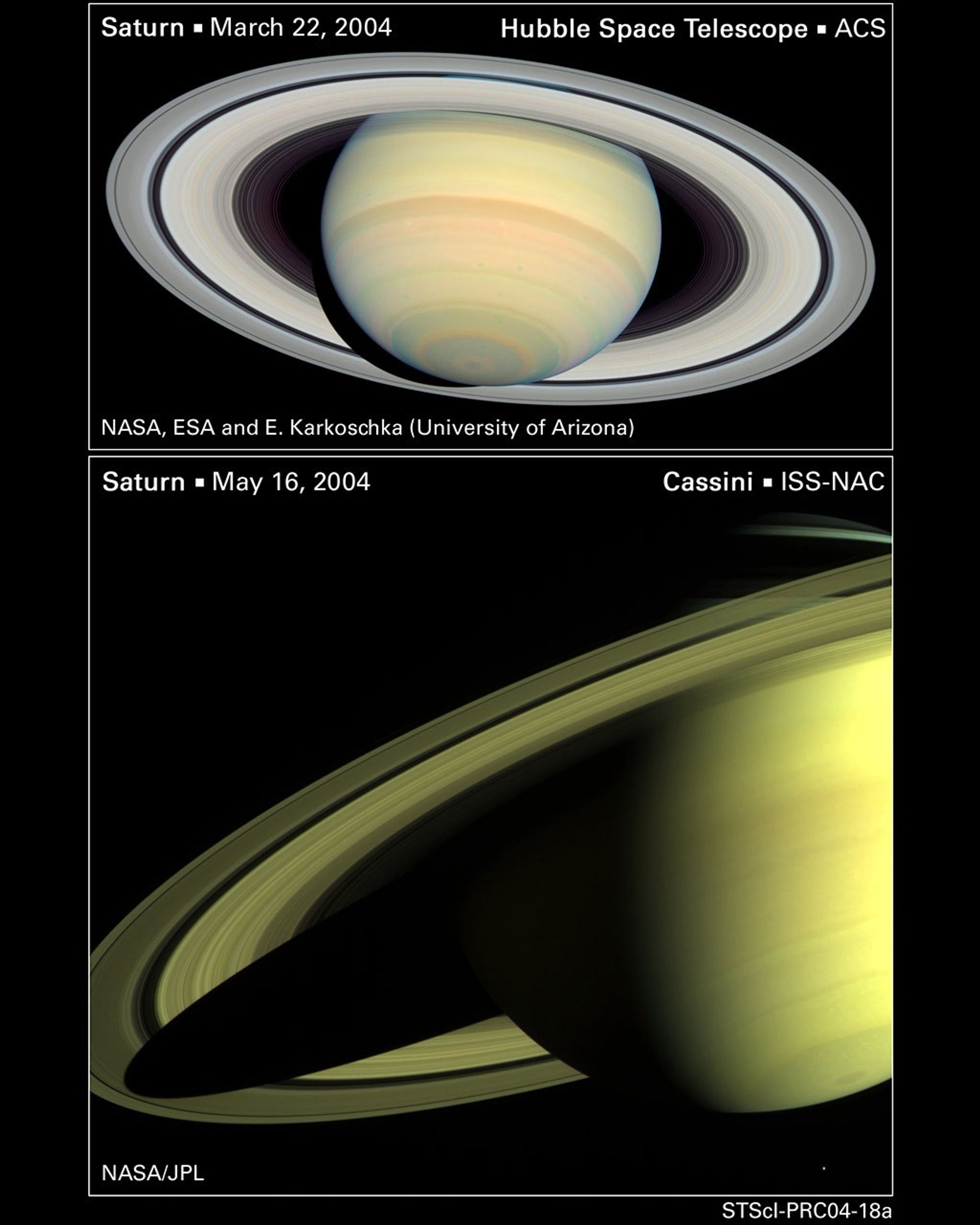
Saturn Seen from Far and Near
As Saturn grows closer through the eyes of the Cassini spacecraft, which is hurtling toward a rendezvous with the ringed world on June 30 (July 1, Universal Time), both Cassini and the Earth-orbiting Hubble Space Telescope snapped spectacular pictures of the planet and its...
Share
Details
Last Updated
Aug 17, 2025
Contact
Media
Claire Andreoli
NASA’s Goddard Space Flight Center
Greenbelt, Maryland
claire.andreoli@nasa.gov









